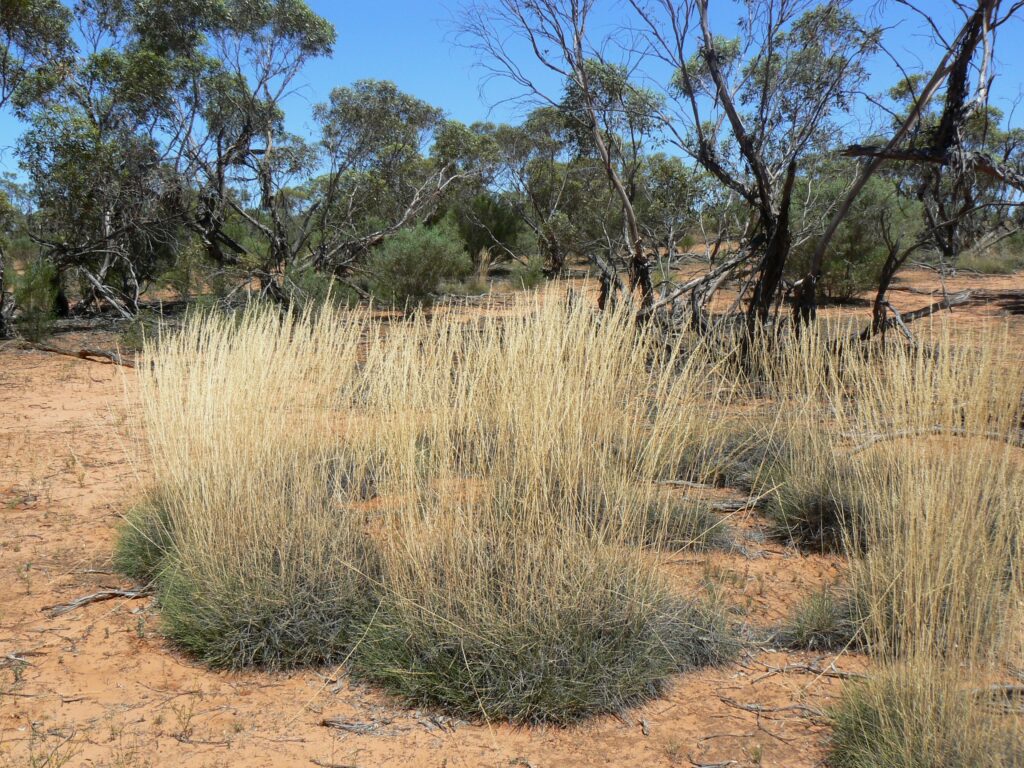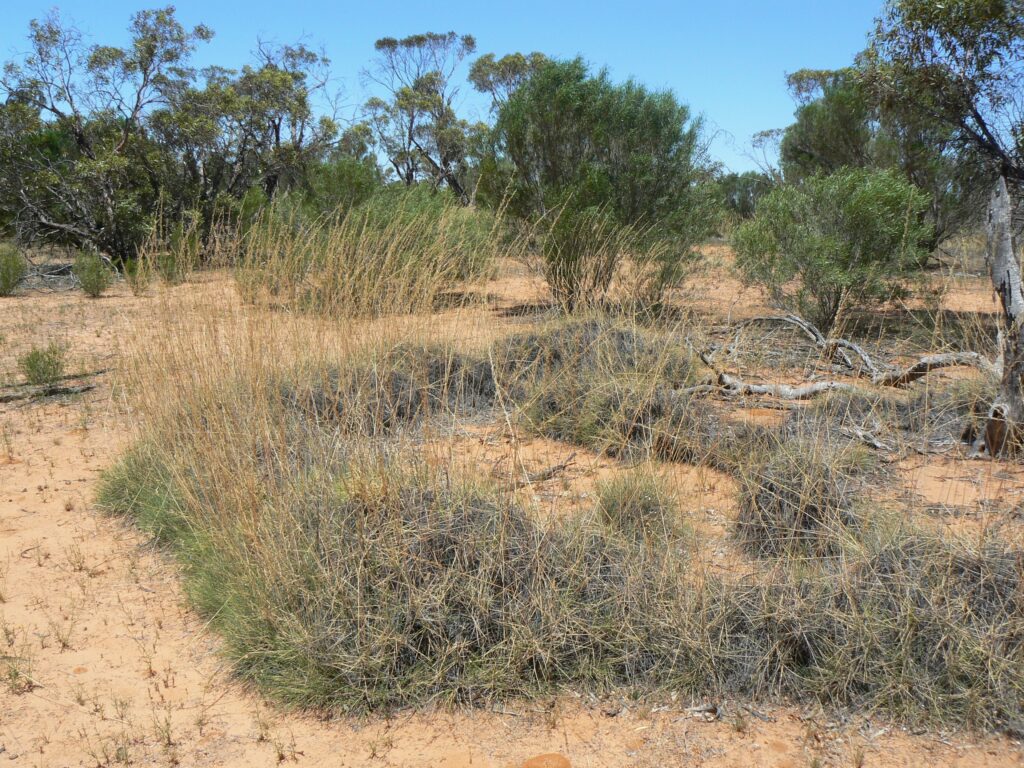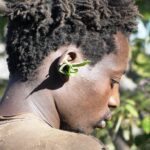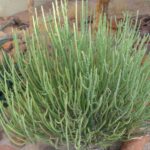The common name ‘Spinifex grass’ is not entirely correct as a botanical term for discussed grasses, as commonly named ‘Spinifex’ grasses belong to the genus ‘Triodia’, whereas the genus ‘Spinifex’ itself contains mainly coastal grasses. Whatever it is, the common name ‘Spinifex’ comprises two kinds of inland grasses: a harder and pricklier version in arid environments of Australia and a northern Australian version, which is doing better in more humid tropical environments.
Why Spinifex is not liked
Every bush traveler will know and be aware of spinifex, as it is nearly impossible to walk through it due to the spiky tips of their leave blades. Handling these blades will leave you with many splinters in your hands. Bad stuff. Luckily, they are growing in clumps. So, it will often be possible to circle these clumps. There were cases when spinifex leaf tips pricked persons, and they were experiencing anaphylactic shock. Additionally, although spinifex covers about one-quarter of the whole continent, it has no grazing value.
Spinifex – the provider of shelter, resin, and thinner condoms
On the other hand, spinifex holds significant advantages:
Firstly, it acts as a shelter for a multitude of small animals.
Secondly, its resin is very sought after by First Nations people, as it can be re-melted and will re-harden without becoming brittle.
Thirdly, spinifex contains nano-cellulose responsible for its drought resistance and strength. This characteristic can be utilized for modern technical applications. These are stronger latex for thinner condoms, fire hose linings, and many other applications.
Shelter for a variety of animals
If animals are small enough to navigate the prickly leaf tips, a spinifex hammock is the perfect shelter for reptiles, mice, and birds. They are highly protected within this mini-ecosystem and can even live from insects, like ants and termites. As these hammocks tend to form rings by growing outwards and die off in the middle, relatively big spaces of a protected ecosystem are formed.
Spinifex is, therefore, a keystone environment for many endemic Australian species. But to keep our excitement in perspective, spinifex was eradicated for agricultural purposes in many areas. For example, in south-western NSW, only 3% of spinifex areas remain today compared to the times before European settlers moved in.
Precious Spinifex resin
For collecting spinifex resin (‘gum’), grass blades are threshed until small particles of resin fall. These will be collected and heated up until black tar clumps are formed. These can be used and molded when warm. At some spinifex species, the resin flows and drips down the leaves and stems on hot days. After burning hummocks, clumps of resins often remain on the ground.
This gum/resin/tar – whatever somebody calls it – is used for various hafting applications of tools and implements. Most notably, where suitable spinifex species grow, it is used to haft spear blades onto spear handles and the blade into a Woomera (traditional axe). Every hunter carries a spear and a lump of spinifex resin for repairs on the go. The gum can be heated up next to a fire for re-softening, and kneading with some water will re-soften it.
Another application of spinifex resin is caulking and waterproofing containers. In former times, these were mainly wooden containers; nowadays, even jerrycans or billies can be repaired with spinifex gum. Spinifex gum is a versatile product for bush mechanics.
Lessons learned about Spinifex grass.
- Although spinifex can be a pain when walking through Australian scrubland, it is vital to the ecosystem as a whole.
- Spinifex resin can even replace supermarket adhesives
- Hopefully, the easier extraction of spinifex nano-cellulose will benefit mankind and not help eradicate this iconic grass even further.
.








